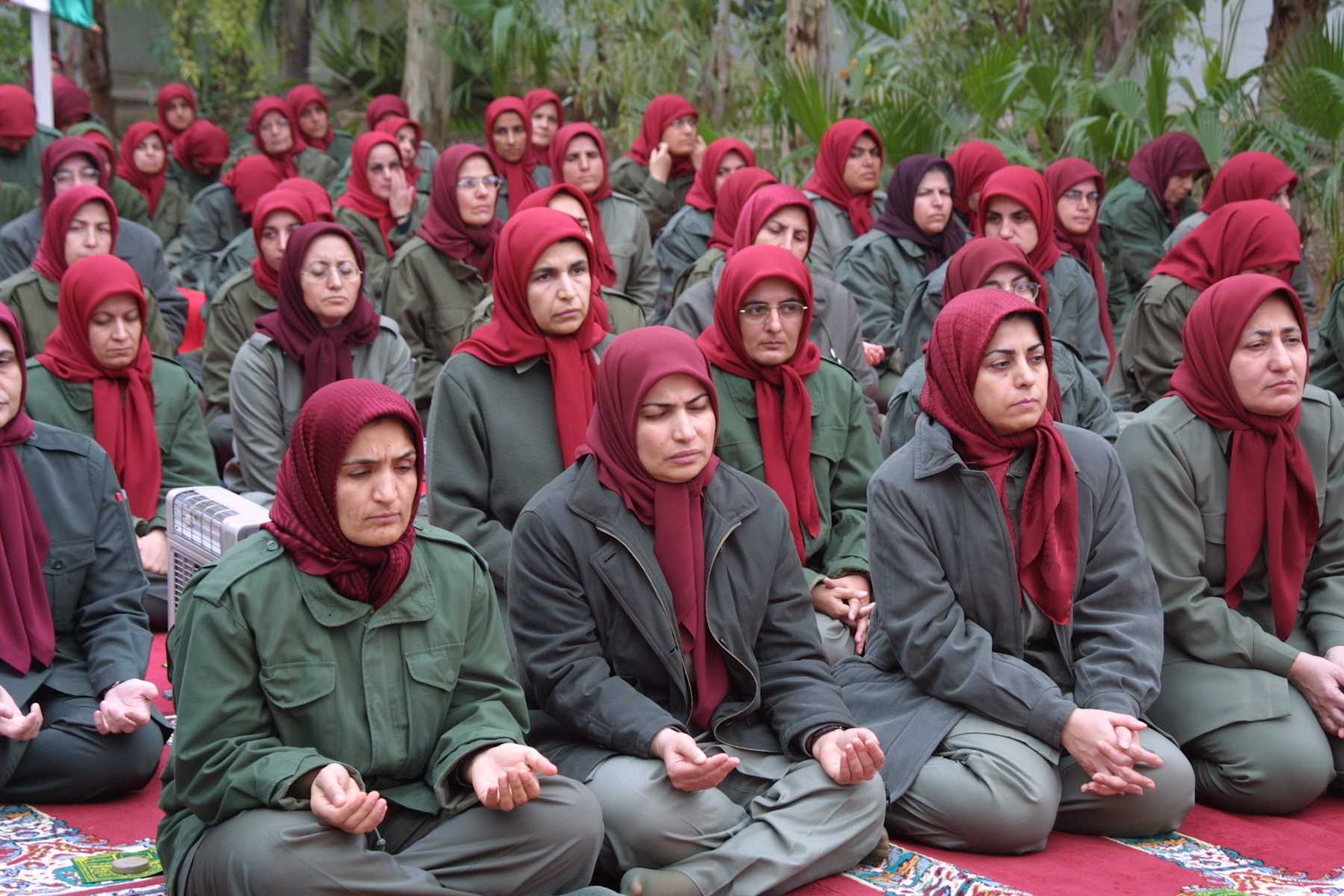
The Washington Times once again shows how money and power can change the narrative. The degree of chaos and misinformation is unbelievable. Here is the correct information. If you are working to publish the truth and present only accurate aspects of reality,
I would ask you to consider publishing this article instead:
Come with me!
I want to take you through 44 years of living under the dictatorship of the Islamic Republic of Iran.
Stay with me; it won’t take long. I’ll just mention significant incidents.

In 1979, Ayatollah Khomeini, the opposition leader, with the help of MEK and other terrorist groups came to power and overthrew the monarchy in Iran.
At that time, the Crown Prince, Reza Pahlavi was next in line for succession. He was 18 years old, had just finished high school, and went to the U.S. for military training as a fighter jet pilot.
In November 1979, Ayatollah Khomeini commanded students to take over the American embassy in Tehran and capture 52 diplomats as hostages for 444 days.
In the first year alone after the establishment of the Islamic Republic, between 2,000 to more than 3,000 military personnel, soldiers, and government officials were executed. A year later, in September 1980, military conflict between Iran and Iraq started.
The same terrorist organization (MEK), which helped Ayatollah Khomeini come to power, was now welcomed into Iraq and supported Saddam Hussein’s war against Iran (1980-1988).
MEK was once listed as a Foreign Terrorist Organization (FTO) by the United States for its alleged killing of U.S. personnel in Iran during the 1970s and its ties to former Iraqi leader Saddam Hussein.
During eight years of war, around 500,000 people were killed. The war ended in August 1988, and shortly after, a series of mass executions of political prisoners took place across Iran, which was ordered by Ayatollah Khomeini. It continued for approximately five months.
A few years later, in July 1999, students started protesting the regime, which ended with brutal attacks by police forces and paramilitary elements who called themselves Comrades of Hezbollah. Several people were killed, and an estimated 1,200-1,400 were jailed, around 200 were injured, and more than seventy students disappeared.
On August 5, 2009, Mahmoud Ahmadinejad was sworn in for his second term as President of Iran. Protests were held outside the Parliament during the inauguration in Tehran, and protesters were chanting Death to the dictator.
Again, the regime ended the protest with force. There is no accurate record of the number of arrests and deaths. Iran's official figures announced 2,500 arrests in Tehran alone, with as many as 150 jailed and 30 dead. The actual figures are believed to be much higher, and the death toll could be in the hundreds.
In November 2019, protests unfolded in over 100 cities in Iran. It started as civilian protests, but an overnight hike in fuel prices quickly became an expression of anti-government sentiment and calls for regime change.
The protesters shouted Death to the dictator; In the aftermath of this incident, official data show a surge of about 5,000 deaths. The incident is called ‘The Bloody Aban.’
On September 16, 2022, 22-year-old Mahsa Amini was arrested by morality police officers for not properly wearing her hijab, and she died in custody. People were outraged by the news and took to the streets.
The Women-Life-Freedom movement started and quickly turned into a revolution. It has been over 8 months since the revolution started, and it is still ongoing. So far, security forces have killed at least 500 people, including 60 children and 29 women, and injured more than 800, some of whom have lost their eyes and other body parts. Around 25,000 have been arrested and jailed.
Now, the Iranian Revolution is entering its next stage, and they are calling H.R.H. Crown Prince the only representative.
According to a recent survey, H.R.H. Crown Prince Reza Pahlavi has a 79.1% popularity rating among Iranians.
The Crown Prince is now 63 years old and has 43 years of history fighting against the Islamic regime of Iran.
He has called his mission: "I will not rest until Iran has a national, democratic, and elected government of the people."
You may ask why we are calling him the only representative and the only hope for a free Iran!
Of course, everyone seeks prosperity, freedom, and a secular government regardless of where they live. In Iran, all these qualities are known as Pahlavism. It is an ideology based on three significant and fundamental concepts: modernism, secularism, and partialism, which the Pahlavi Dynasty used to rule Iran from 1925 to 1979. Therefore, it is far more than a form of government. it is a blueprint for a nation to return to its roots of prosperity and freedom.
The people of Iran live it and experience it. Reza Shah introduced many social, economic, political, educational, and judicial reforms and reduced the influence of the religious classes.
From 1960 to 1963, Mohammad Reza Shah carried out a national development program called the White Revolution, which expanded transportation networks, fostered dam and irrigation projects, eradicated diseases like malaria, boosted literacy, and encouraged industrial growth and land reform. The program redistributed land to some 2.5 million families and achieved building a larger road, rail, and air network.
The oil sector was nationalized by Mohammad Reza Shah.
Mohammad Reza Shah Built partnerships with the Soviet Union and Eastern European countries during the 1960s and 1970s. In an effort to forge a more independent policy. He also swapped out the Islamic calendar in 1976 for an “imperial” one that dates back to the beginning of the Persian Empire, more than 25 centuries earlier. Religious resistance ensued from these measures, which were perceived as being anti-Islamic.
Two decades of success by the Pahlavi family gave us a clear vision of how to achieve and proclaim a productive society where every person has freedom, success, and prosperity.
We, the people of Iran are asking you to stand with us.






